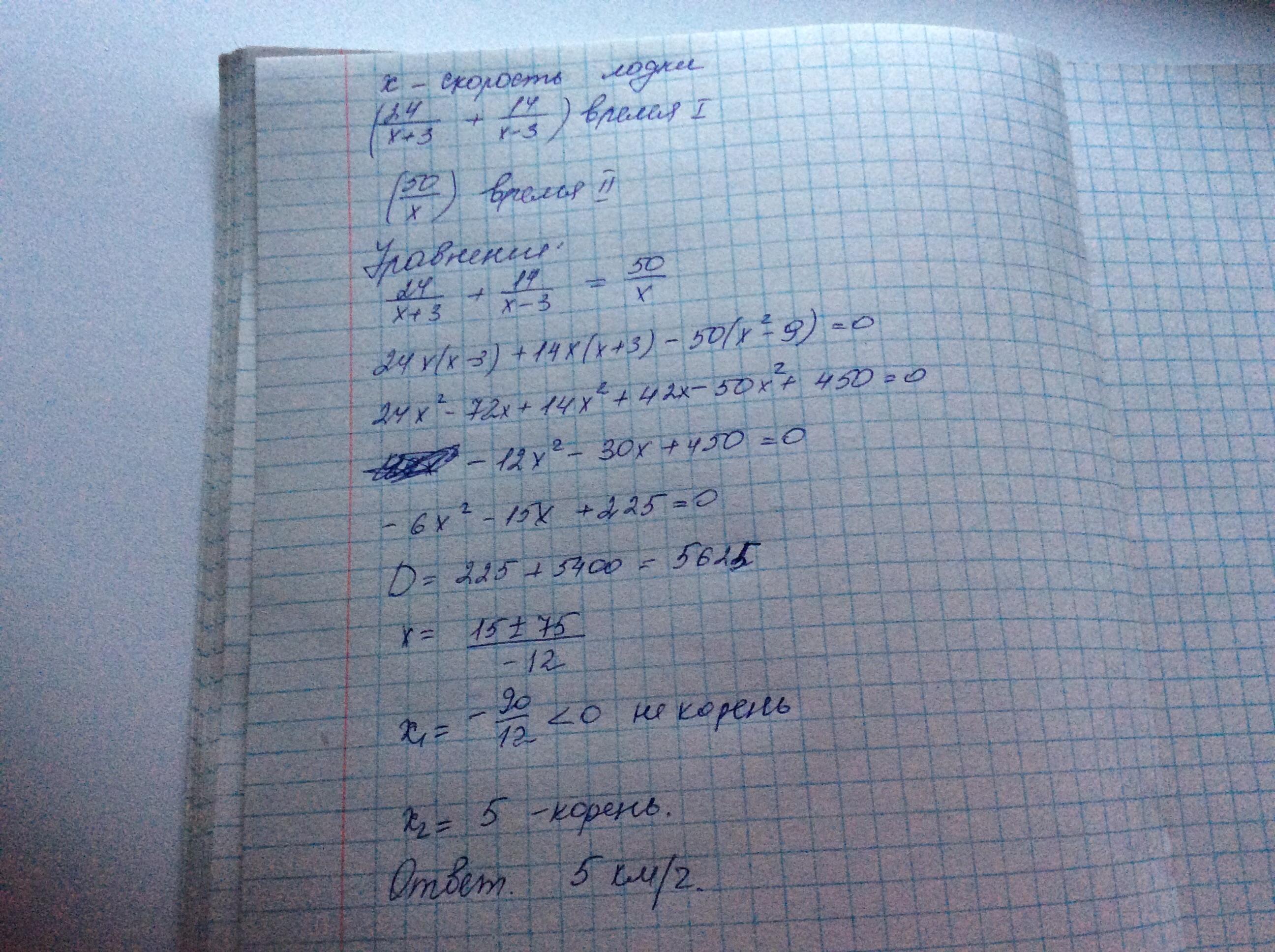Предмет: Алгебра,
автор: makspozylov47
Моторная лодка прошла 24 км по течению реки и 14 км против течения за то же время, что она проходит 50 км в стоячей воде. Найдите скорость лодки в стоячей воде, если скорость течения реки равна 3 км/ч. по братский даю 50 баллов
Ответы
Автор ответа:
0
Ответ: 5км/ч
Объяснение:
Приложения:

Похожие вопросы
Предмет: Русский язык,
автор: рсммпев
Предмет: Русский язык,
автор: Аришка23411
Предмет: Русский язык,
автор: пллоо
Предмет: Английский язык,
автор: adilya20032003
Предмет: Русский язык,
автор: sokolovaya233